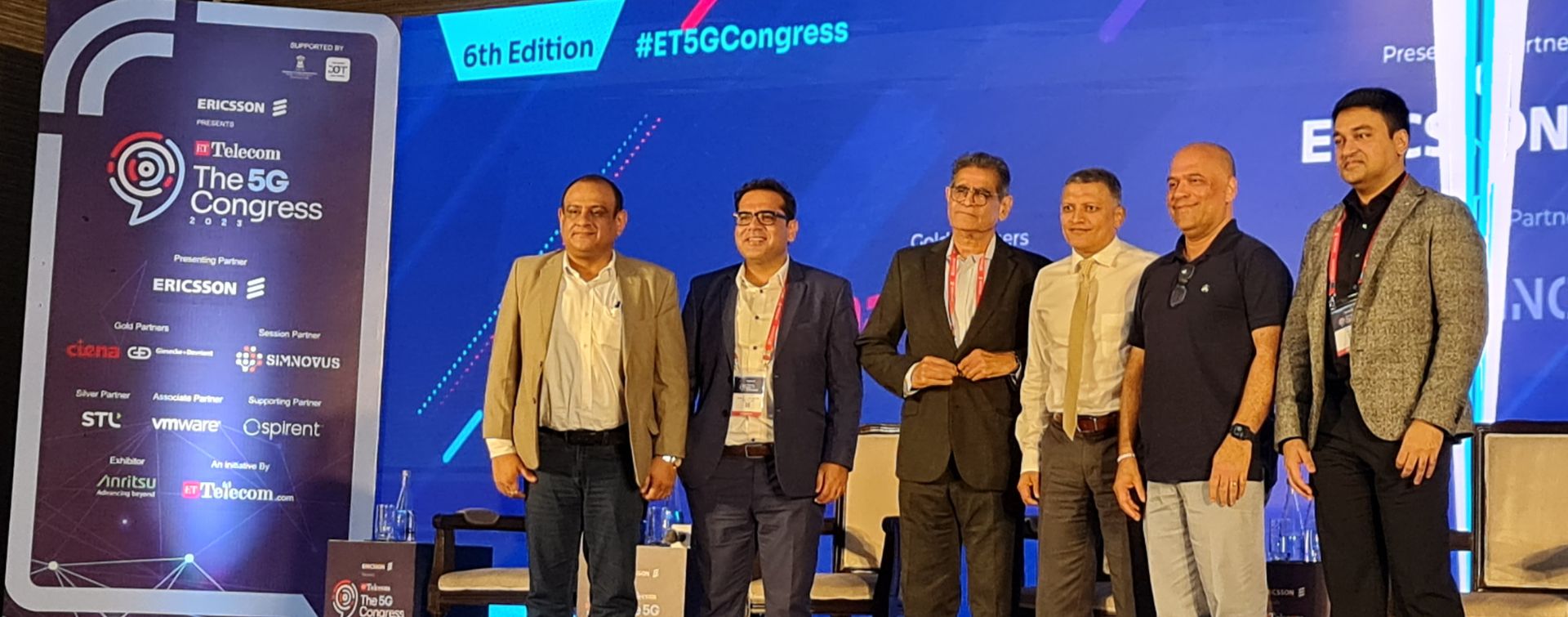From bots to zombies: Why gaming’s future rests on the network
As smartphones turn into the default gaming platform in India, the role of the network has become even more critical. Ciena India’s, Vikram Anand, explains why delivering a consistent and high-quality gaming experience is the biggest challenge and opportunity for network operators. This article was originally published on BW Gaming World.
Over the past year, as the world adjusts to frequent lockdowns resulting in work-from-home and play-from-home scenarios, online gaming has emerged as a popular entertainment option while helping others to rekindle connections with other people. The innate human need to connect with others has and continues to propel the gaming industry by leaps and bounds.
In India, there were over 7.3 billion mobile game downloads in just the first nine months of 2020, according to Sensor Tower’s data.
Gaming on The Edge
Advances in edge computing access by high-performance networks provide a consistent, lag-free online gaming experience. Take, for instance, the concept of pushing everything to the cloud. Our emails, social media networks, and even our business applications are all on the cloud… so how is gaming?
Google Stadia is a great example of a cloud-based gaming service that can stream video games up to 4K resolution at 60 frames per second that is flexibly accessible through the web browser on PCs, smartphones and other devices.
While cloud-based servers can handle a bulk of computing to make online gaming a more consistent experience, centralized cloud servers are often far from where the user is, and despite high-speed networks, laws of physics make it difficult to cut down on the lag.
In response to this, edge computing has become an excellent enabler for an improved online gaming experience. Instead of having to access a distant server hosting content and applications, edge computing moves similar cloud resources physically closer, much closer to users. This minimizes smartphone hardware dependence allowing you to play high-performance games on lower-end smartphones. This is because graphics-intensive computations can now take place on high-performance edge compute resources which is crucial for a market like India. A good experience will drive a greater number of people to start playing online games and substantially grow the industry.
India is already one of the five biggest mobile gaming markets globally and is poised to grow even more as device costs drop further. Nearly 68% of smartphone users play online games in India. The drop in smartphone prices is also acting as a catalyst to boost online gaming in countries like India, where devices’ affordability continues to be an important factor.
5G on the anvil
The gaming market will get a boost with the forthcoming launch of 5G in India which will significantly improve the gaming experience with even faster speeds and guaranteed ultra-low latency, opening up opportunities for gamers to interact with like never before. Another exciting result of 5G will be how it will enable next generation mobile experiences like Artificial Intelligence (AI), Augmented Reality (AR), and Virtual Reality (VR) to make gaming even more immersive and entertaining.
Edge computing minimizes smartphone processing power, enabling a better and faster gaming experience. 5G promises to improve the spectator experience by providing high-definition video streaming on the go and in real-time, allowing gaming studios to design more intensive experiences using AR and VR.
Opportunity for operators
Mobile gaming is a rapidly growing market in India with massive revenue opportunities for operators who understand how critical a network’s role is in delivering the best experience. By leveraging edge computing, 5G network performance, and low-cost gaming smartphones, operators have the opportunity to scale up this demand.
Just how Sony, Microsoft, and now Google have created massive revenue opportunities by offering cloud-based gaming services, operators can take online games beyond the purview of expensive gaming consoles and high-end gaming rigs to the most affordable devices in the market. Several operators have, in fact, already entered this space with 5G offerings crafted specifically for mobile gaming.
As Indians continue their mobile gaming journey, networks have an opportunity to scale up meeting the dynamic needs and low latency requirements of the gaming experience. Service providers can also rely on automation to simplify networks, so they are more agile and flexible, enabling fast and truly immersive gaming experiences.
From PlayerUnknown’s Battlegrounds to Candy Crush to Callbreak Multiplayer, mobile games offer a massive opportunity for India’s service providers. As online gaming continues to increase in popularity, the role of the network has become even more critical.












